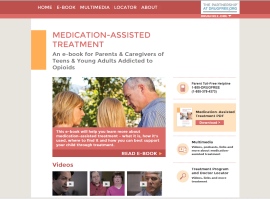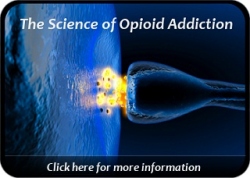 As has been widely documented in recent news media, heroin addiction is on the rise in the United States and does not appear to be slowing down anytime soon. From densely populated metropolitan cities to rural America, opiates are finding their way into schools, places of employment, and the upper socio-economic strata.
As has been widely documented in recent news media, heroin addiction is on the rise in the United States and does not appear to be slowing down anytime soon. From densely populated metropolitan cities to rural America, opiates are finding their way into schools, places of employment, and the upper socio-economic strata.
A well-written piece is just out in Charlotte Magazine profiling an intelligent 21 year old man by the name of Alex Uhler who succumbed to the pull of heroin, and sadly died of a fatal overdose. His story clearly illustrates a number of complex issues around addictive disease: the shame associated with being addicted, the extent some will go to conceal their addiction, and that it is an illness which impacts all people regardless of race, money, intelligence, or status.
The article addresses the increased presence of heroin in Charlotte, NC partly in response to the crackdown on, and scarcity of, prescription opioids. The extensive piece, by Lisa Rab, speaks to the emergence of opioids in professional work settings and schools, and touches on the frequency of co-occurring disorders alongside the addiction such as clinical depression, ADHD, and bipolar disorder.
Naloxone is also highlighted in the article sidebar as it has gained notable acceptance as the leading antidote for opioid overdose, and has been already documented to have saved hundreds of lives just in recent years. Naloxone can be administered by any bystander to an overdose victim. There are injectable and intranasal versions of the medication available at this time.
A local law enforcement official was quoted as saying that Charlotte’s drug problem cannot be eradicated by merely arresting drug dealers because there is always another up-and-coming dealer waiting on the sideline to take that vacant spot. The official said that society must stem the demand for drugs. Only then can we make our communities safer.
Medication-assisted treatment should most definitely continue to be funded and promoted as our society endeavors to save people from chronic opioid addiction. Many individuals have needlessly died when their lives and safety could have been restored through enrollment in an opioid treatment program. Methadone, buprenorphine (suboxone), naloxone and naltrexone are highly beneficial medications and act as a critical bridge in the addiction recovery process.
While Charlotte has a number of methadone clinics and buprenorphine-approved physicians, funding for opioid treatment remains a substantial obstacle for a number of people. Methadone is the most affordable option although various formulations of buprenorphine (suboxone) are becoming more cost-effective.
For more on opioid addiction, see Opioid Addiction in the United States


 A
A  Benzodiazepines are a classification of drugs primarily prescribed to treat anxiety and panic attacks. They have been in use for over thirty years and are typically utilized for short term periods from several days to three months maximum.
Benzodiazepines are a classification of drugs primarily prescribed to treat anxiety and panic attacks. They have been in use for over thirty years and are typically utilized for short term periods from several days to three months maximum.


